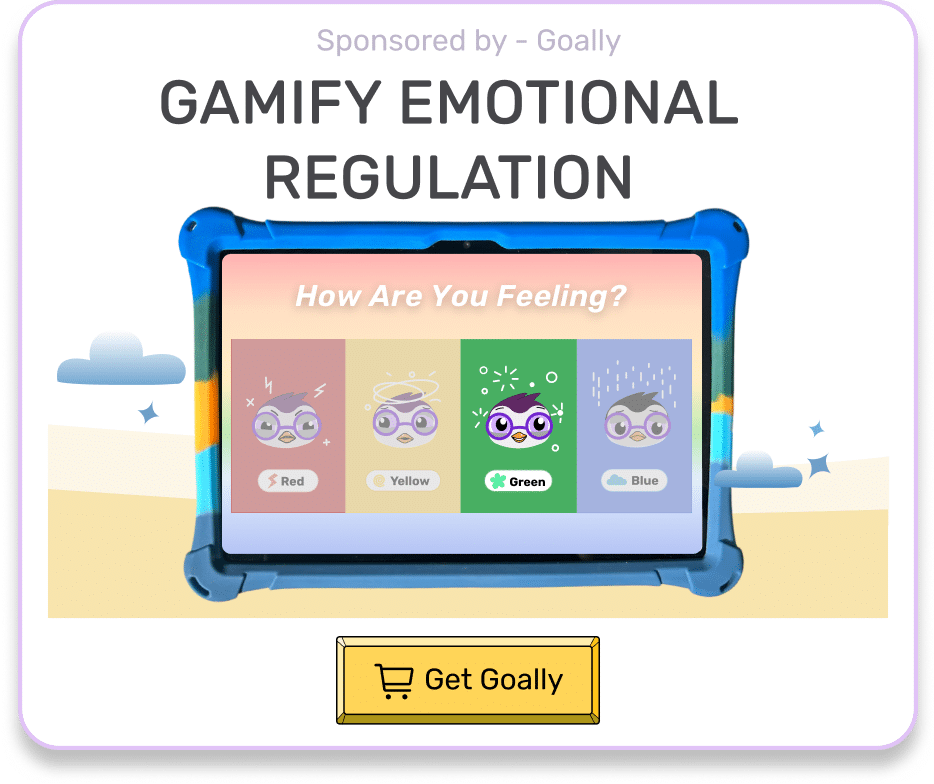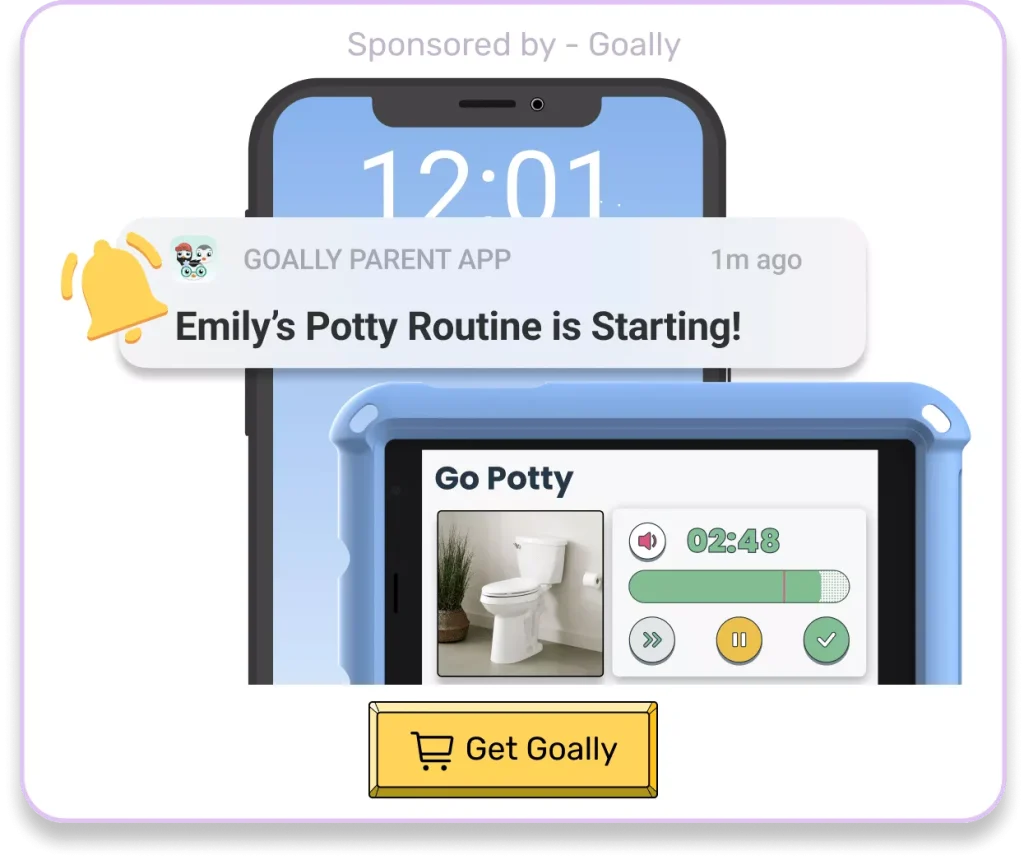Behavior charts are a fairly common way to track good and bad behaviors. Your parents or teachers may have used candy or stickers as a reward for good behavior. Children with autism are no different in wanting incentives for good behavior. Children with autism learn best with visual cues and the autism behavior charts is exactly that. These charts provide an incentive or reward for good behavior when the child records enough of it. With that, your autism behavior chart can have a positive spin on it looking more like an autism reward chart.
Table of Contents
How Do They Work?
- Parental Expectations: These may include tasks like doing chores or demonstrating respectful behavior.
- Reward: This is what your child receives for meeting the set expectations. Rewards can encourage positive behavior.
- Conceptual Difficulty: Children with autism may struggle with abstract concepts or delayed gratification. This can be mitigated by simplifying the chart and providing immediate rewards.
- Presentation: How the chart is portrayed can significantly impact your child’s response. Referring to the autism behavior chart as an ‘autism reward chart’ can foster a more positive perception.
- Flexibility: Keep an open mind and be willing to adjust the chart as needed. Flexibility is crucial to cater to your child’s unique needs.
How Do I Make a Behavior Chart?
Be sure to be consistent, patient, and willing to try new things.
Especially at the beginning, it may be difficult to get immediate results, but don’t give up. It will take time and some changes to the chart to get the most out of your child.
Read More: 5 Signs of Autism
Don’t overload the chart with unrealistic expectations.
You don’t want to set your child up for failure. Take, for instance, if your child is struggling with their grades. It’s not realistic to expect them to get all A’s on their next report card. That would be too much pressure, and your child may feel discouraged if they don’t meet those expectations. It’s great to have high standards, but it’s also important to have some easily attainable goals to give your child a confidence boost when they achieve them, particularly when they’re just starting out.
Don’t promise something you can’t provide.
You want the reward to be enticing enough that motivates your child to work towards it, but not so expensive that it’s going to put a strain on your budget. It’s all about finding that sweet spot in the middle that works best for everyone.
Goally | Visual Scheduler for Autism
Does your child struggle with getting ready in the morning independently? Goally’s routine app on the best tablet for kids breaks down large tasks into small, achievable steps for autistic kids. Create custom routines with your own videos & pictures for every step.
Find a reasonable time period for your youngster to go without a reward.
For example, if you have a child with really severe behavior issues, having them go 15 minutes with no bad behavior to receive a reward may be a good start.
Make the chart about rewarding positive behavior and not punishing bad behavior.
Remember to think about it as an autism reward chart. Make a big deal about putting points up on the board progressing toward the reward. When bad behavior happens, the punishment is essentially no getting points. The chart should be an opportunity to get extra credit for doing things right.
Tired of Emotional Meltdowns?
Goally’s Mood Tuner app has activities for kids with BIG emotions. Teach kids how to tune their mood with Goally. See fewer meltdowns.
The Mood Tuner app encourages kids to look inwards and identify their feelings, helping them understand what’s going on inside. Once they’ve recognized their emotions, they can choose from a 20+ activities designed to help them self-regulate and find their balance.

FAQs About Autism Behavior Chart
What is an autism behavior chart? An autism behavior chart is a visual tool that can be used to track and monitor a child's behavior over time. It typically includes a list of specific behaviors that the child is working on improving, along with a way to track progress and reward positive behavior.
How can an autism behavior chart help a child with special needs? For children with special needs, including autism, behavior charts can be a helpful way to provide structure and consistency, while also reinforcing positive behavior.
What are some common types of behavior charts used for children with autism? There are many different types of behavior charts that can be used for children with autism, including point systems, token economies, and visual schedules.
How do you create an effective autism behavior chart? Start by identifying specific behaviors that the child is working on improving, and then develop a clear and consistent system for tracking progress and rewarding positive behavior. Make sure to also set realistic goals and adjust the chart as needed over time. Can an autism behavior chart be used in conjunction with other therapies and interventions? Yes, an autism behavior chart can be used in conjunction with other therapies and interventions, such as applied behavior analysis (ABA) therapy or social skills training. In fact, using a behavior chart in combination with other interventions can often lead to more successful outcomes for children with autism.
This post was originally published on July 29, 2021. It was updated on June 18, 2023.

Goally
We help parents teach their kids life skills, like doing bedtime and morning independently. Backed by science, we incorporate evidence-based practices and expert-informed designs in all of our apps and content.






